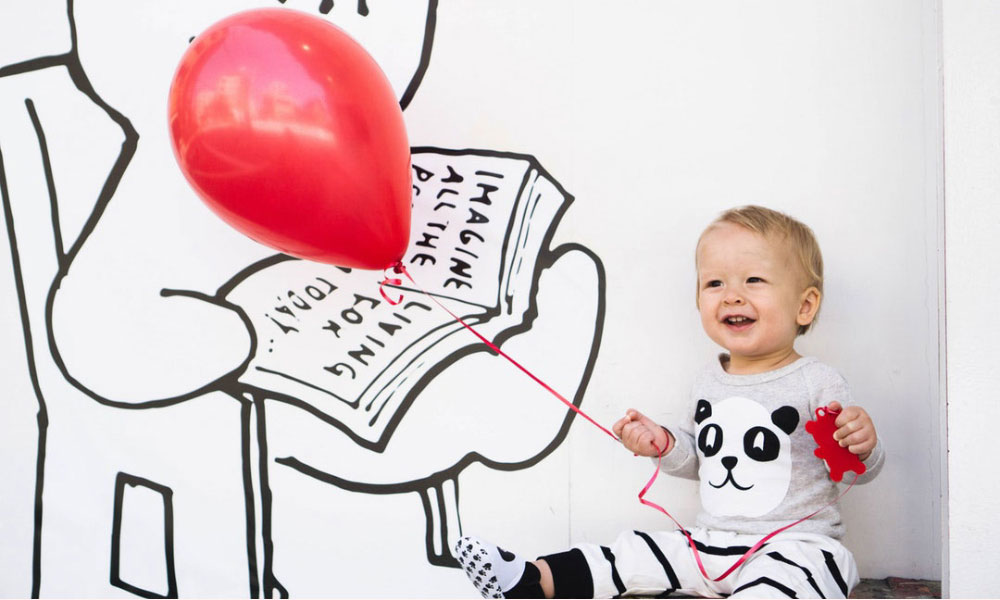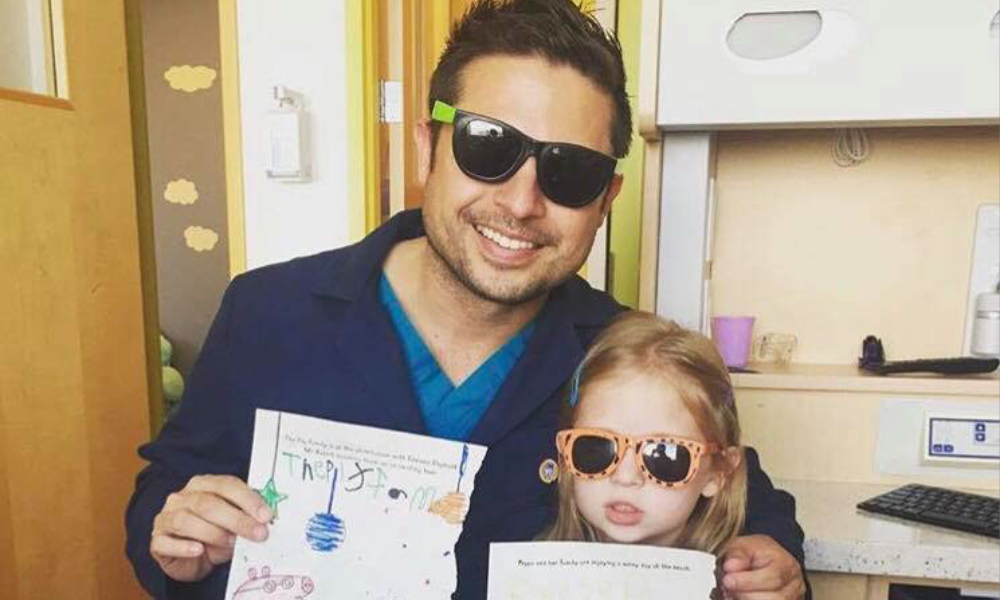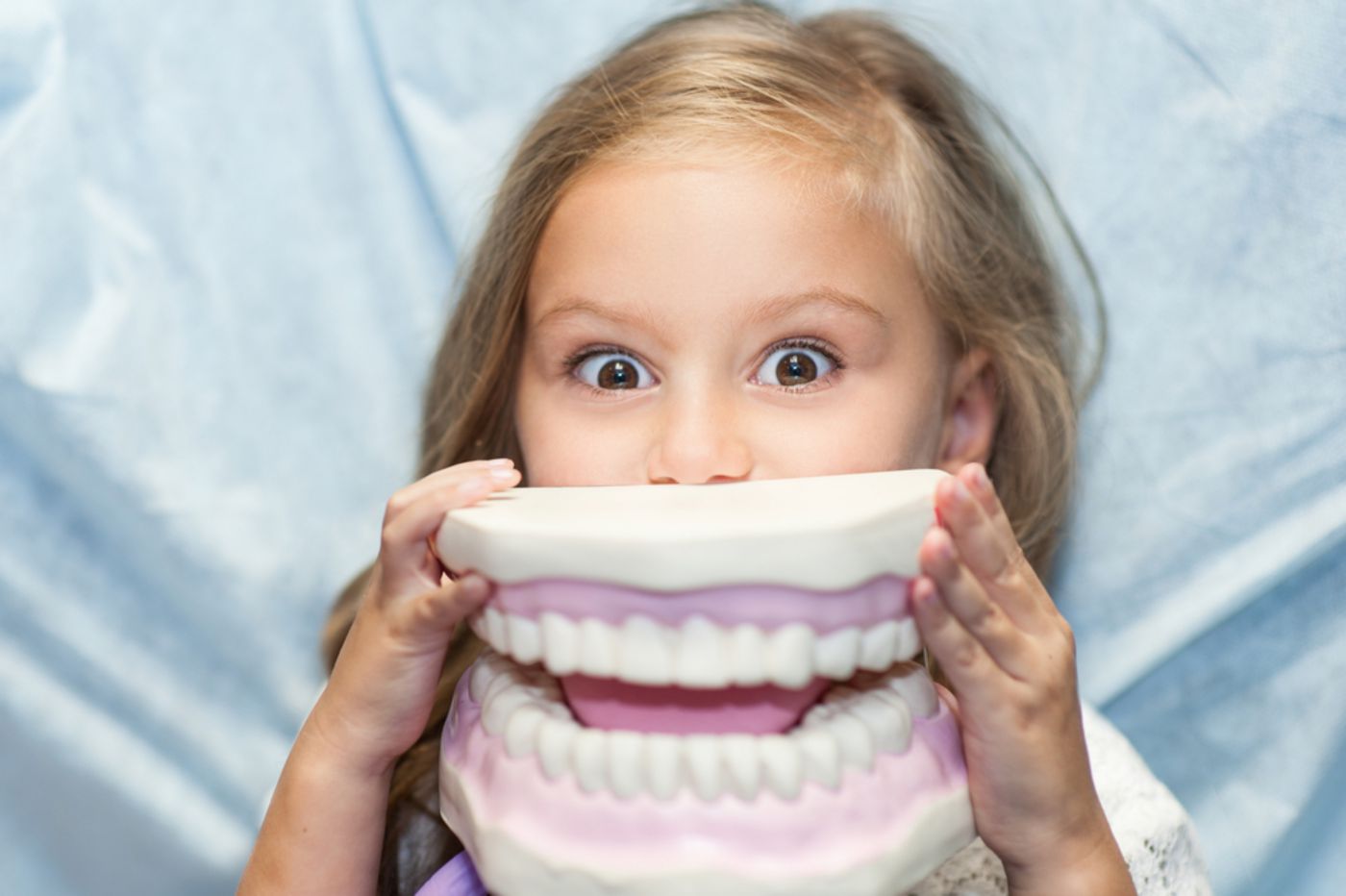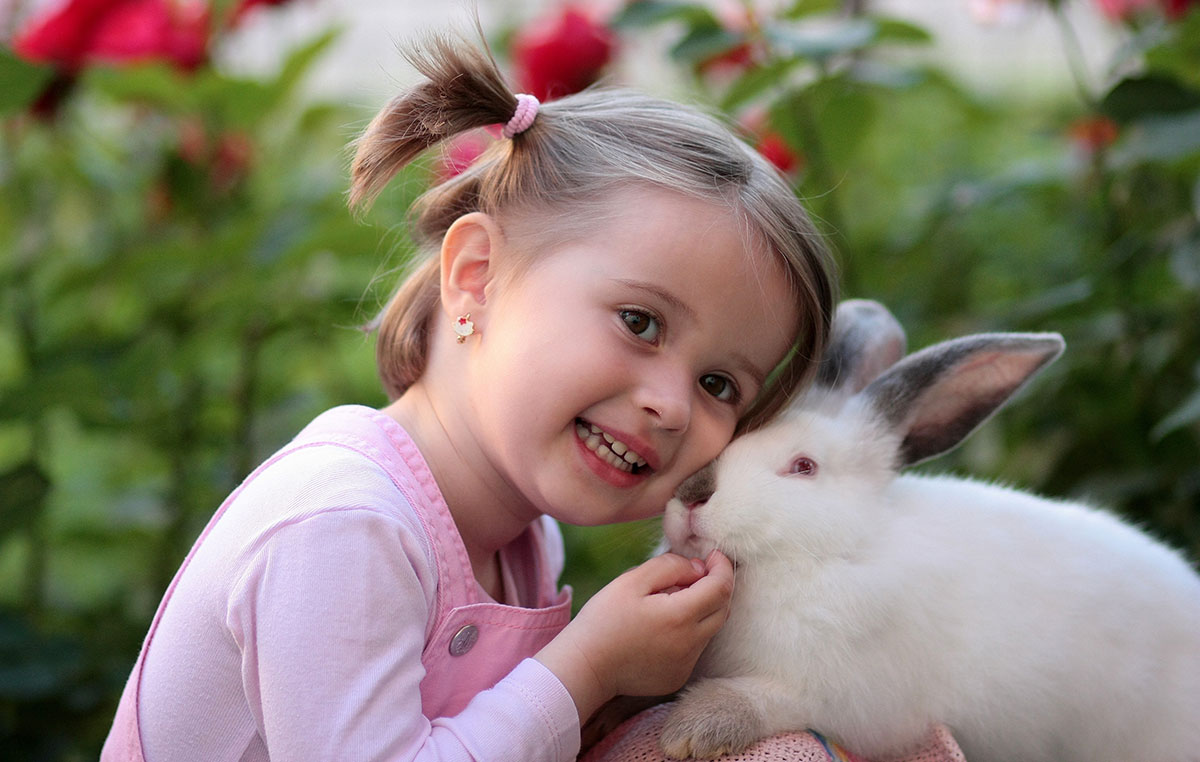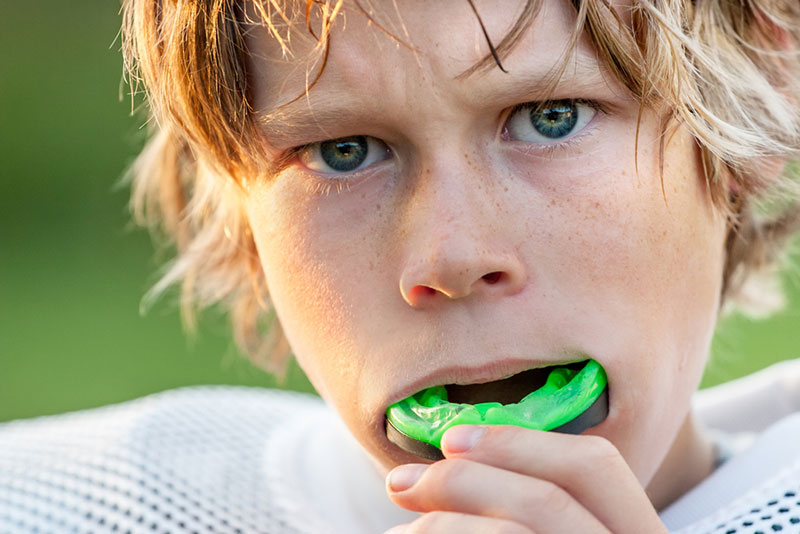
 The best way to set your kids up for good oral health is to teach them positive habits from a young age. As pediatric dentists in Central Park, the doctors at Kids Mile High are dedicated to educating youngsters on how to take care of their teeth now so they don’t run into problems in the future. After all, it’s way easier to stop a problem from occurring than it is to fix it after it happens. That’s why, when it comes to dentistry for kids, preventive dentistry is the best option.
The best way to set your kids up for good oral health is to teach them positive habits from a young age. As pediatric dentists in Central Park, the doctors at Kids Mile High are dedicated to educating youngsters on how to take care of their teeth now so they don’t run into problems in the future. After all, it’s way easier to stop a problem from occurring than it is to fix it after it happens. That’s why, when it comes to dentistry for kids, preventive dentistry is the best option.
At our orthodontic offices in Englewood, Central Park and Thornton, preventive dentistry is one of our core focuses. Dr. Paddy and the team believe that good oral hygiene and regular visits with a pediatric dentist will lead to a lifetime of healthy teeth. If you’re not sure what exactly preventive dentistry is, read on and then book your child’s next appointment. We’re sure you’ll be convinced that preventive dentistry will protect your kids’ teeth from intervention down the line.
What is Preventive Dentistry?
Preventive dentistry refers to the steps you take to care of your teeth to keep them strong and healthy. Taking preventive measures helps you avoid oral health problems like cavities, gum disease, enamel decay and more. Preventive dentistry isn’t just important for adults. In fact, the earlier you start being proactive about your dental health, the better, so it’s important to get your kids started as soon as possible. The problem is it can be hard to motivate kids to brush, floss and get excited about visiting the dentist regularly. That’s where your pediatric dentist comes in: he or she will help your child understand how practicing healthy habits today will mean less dentist visits in the long run.
So what exactly does preventive dentistry entail? Lots of things! There are so many ways to protect your kids’ teeth from problems before they even begin, starting with regular check-ups. In a routine check-up, Dr. Paddy, Dr. Owens or Dr. Castro will examine your child’s teeth, gums and jaw, and a dental hygienist will clean their teeth to get rid of any plaque build-up. Another aspect of preventive dentistry is fluoride treatments. Fluoride will keep your kids’ teeth super strong and help prevent the deterioration of their enamel. You can also ask your pediatric dentist about getting a BPA-free dental sealant to protect teeth from harmful bacteria and oral acid.
While check-ups are incredibly useful and important for keeping your teeth healthy, preventive dentistry really happens at home. Kids Mile High will teach your kids how to maintain their strong smile every day, but it’s up to parents to keep track of their kids’ dental hygiene when they’re not in the dentist chair. This is what your kids (and you!) should do to take care of their teeth:
- Brush twice daily with fluoride toothpaste
- Floss once daily
- Avoid sugary, unhealthy foods
- Visit their pediatric dentist twice a year for a check-up
- Ask Dr. Paddy, Dr. Castro and Dr. Owens about dental sealants
How Your Kids Will Benefit from Preventive Dentistry
Preventive dentistry is beneficial for literally everyone (or at least, anyone with teeth!), but it’s most effective for kids. That’s because their teeth are still developing and haven’t been exposed to as many harmful things. By taking preventive measures before they get their adult teeth, you’ll ensure their permanent teeth come in strong, healthy and beautiful.
Being proactive about dental hygiene will also reduce the need for intervention in the future. If your kids are brushing and flossing regularly, they’re less likely to develop gum disease. If they’re avoiding sugary treats, they won’t need as many fillings. If they keep up with regular check-ups and receive fluoride or sealant treatments, they won’t suffer from as much enamel wear. Don’t get us wrong, we love to see your children’s smiling faces at Kids Mile High. But the less they need to see us outside of routine visits, the better!
As much as your kids will benefit from preventive dentistry, parents will too. When your kids practice proper oral care, it means less dollars you have to spend on treatment down the line. So take the time to educate your kids and encourage them to take good care of their teeth. And if problems do arise, don’t stress. Just call your favorite pediatric dentists in Denver and we’ll get your child’s teeth back on track for lifelong health.




